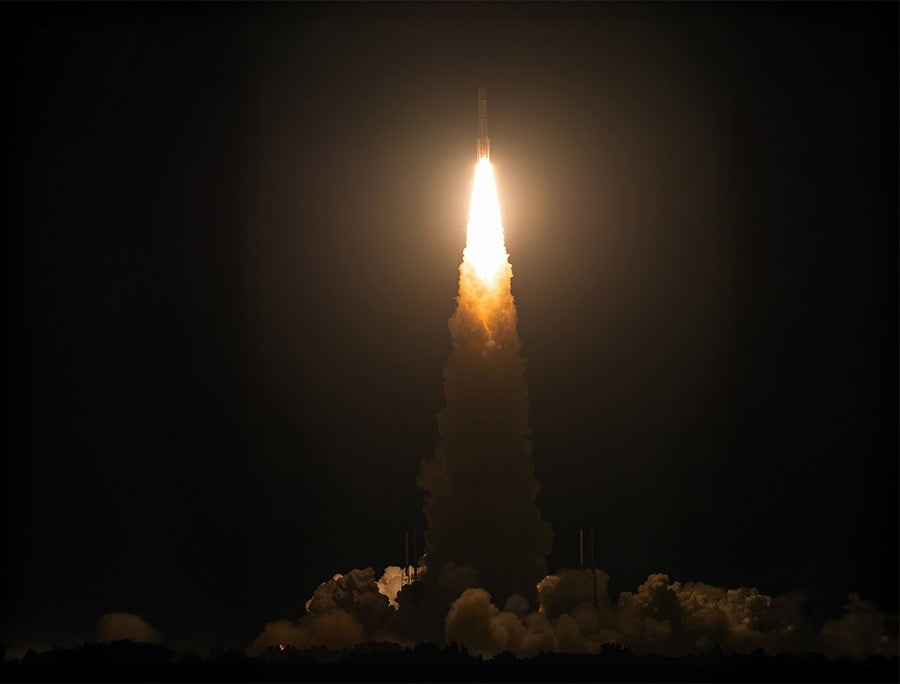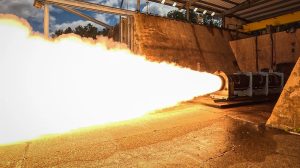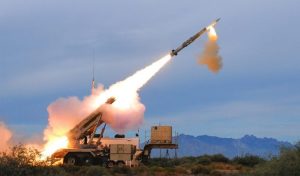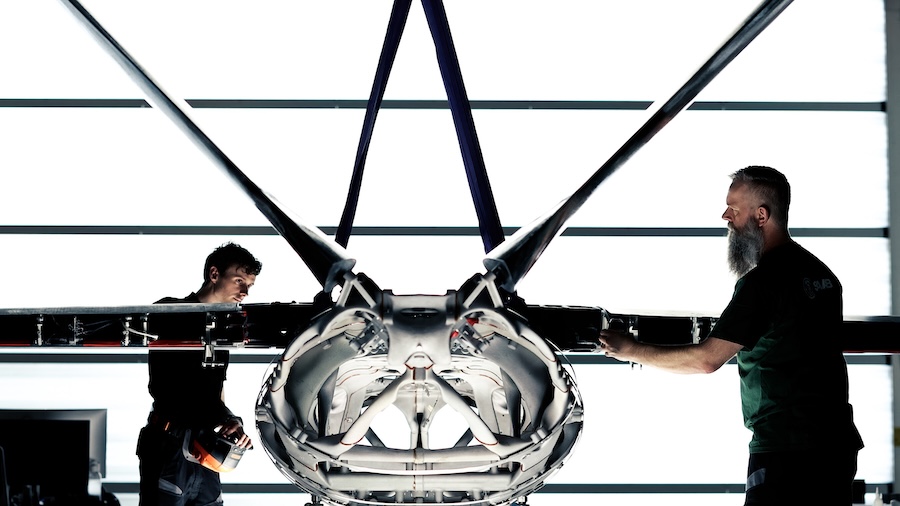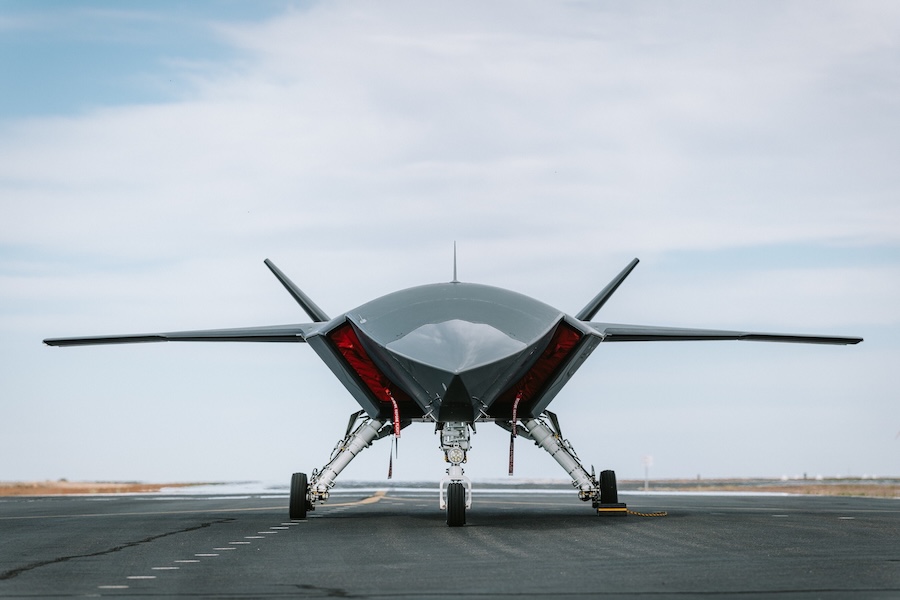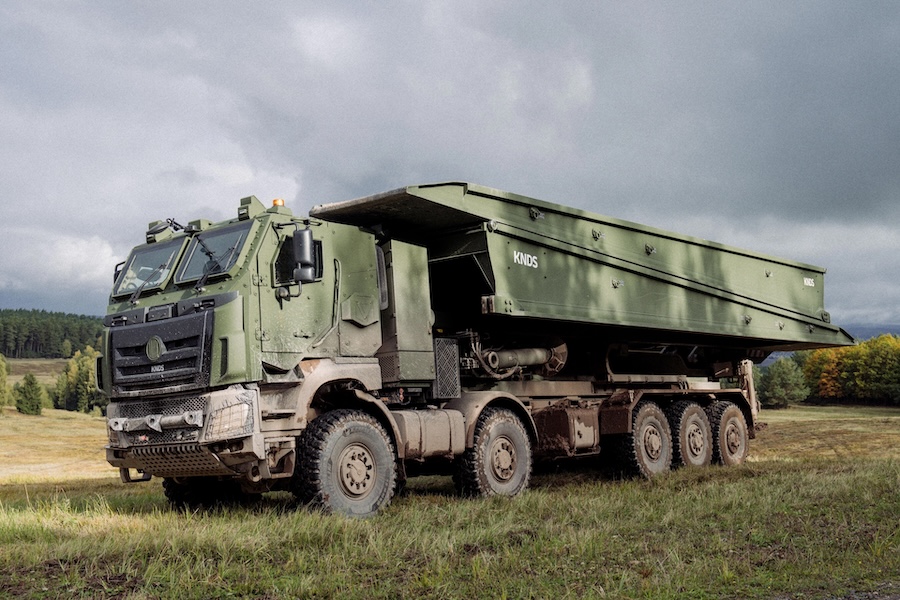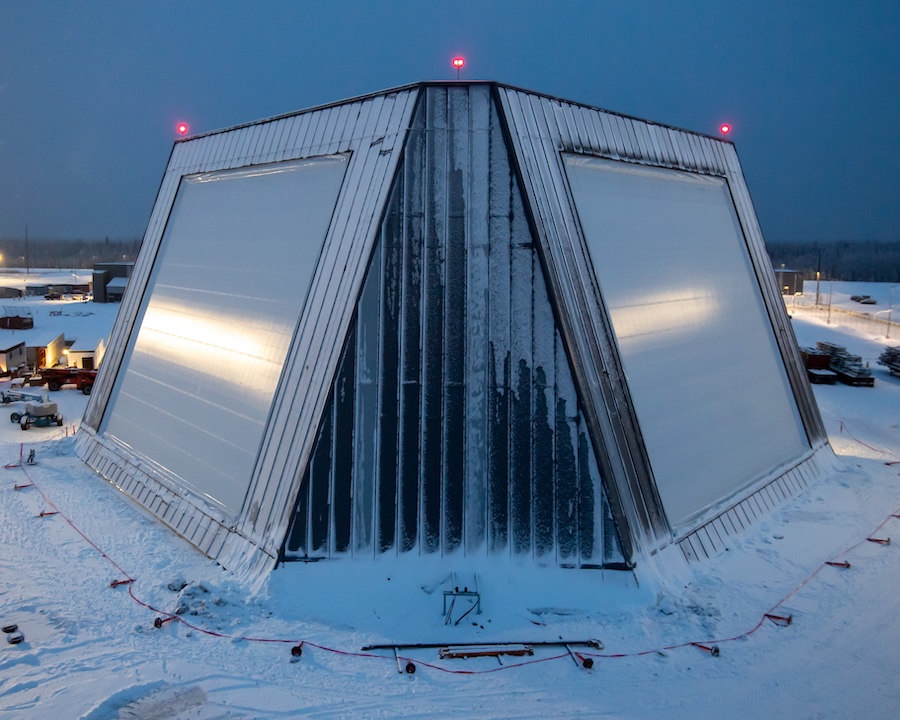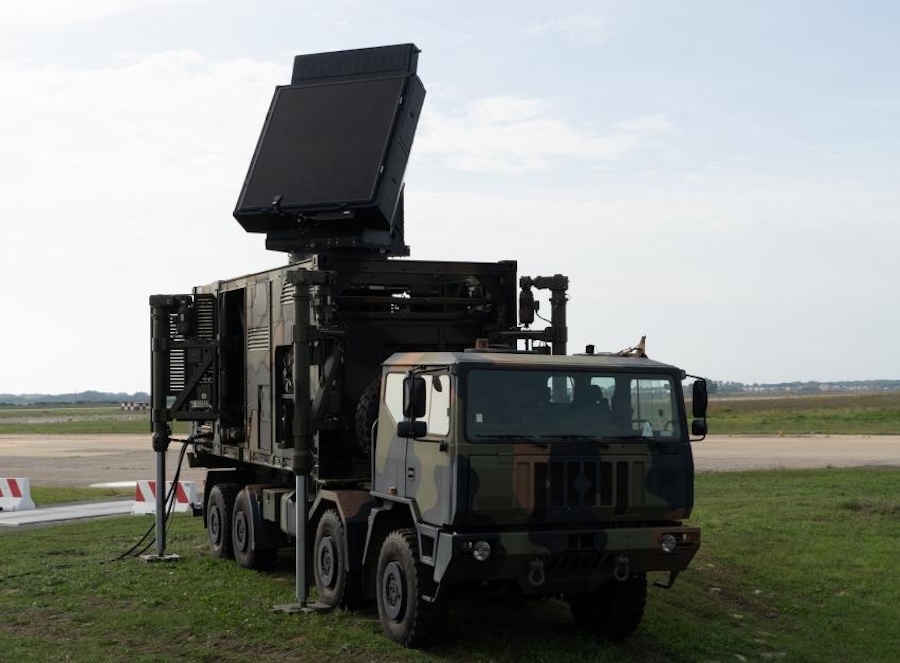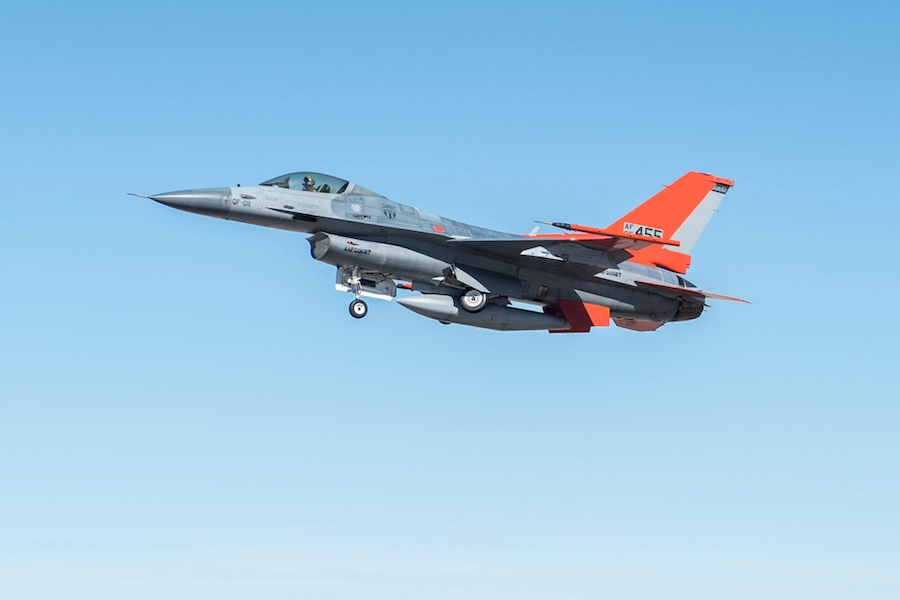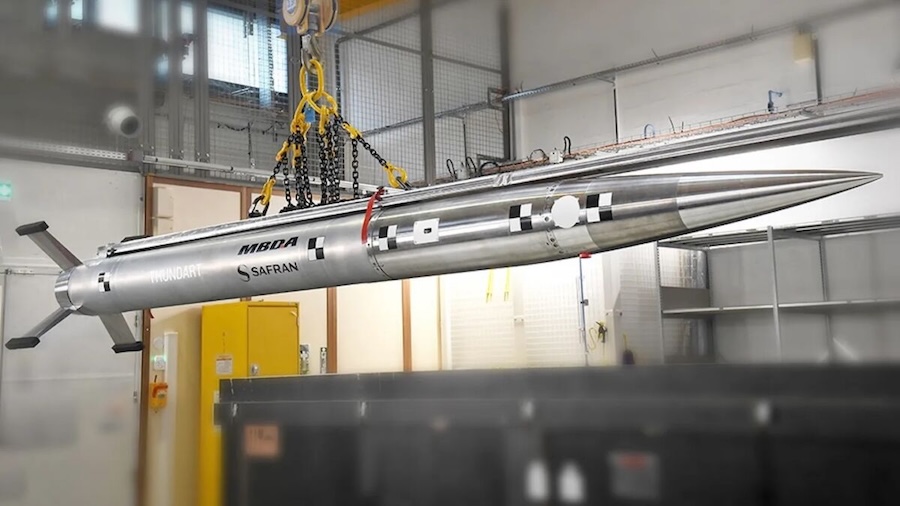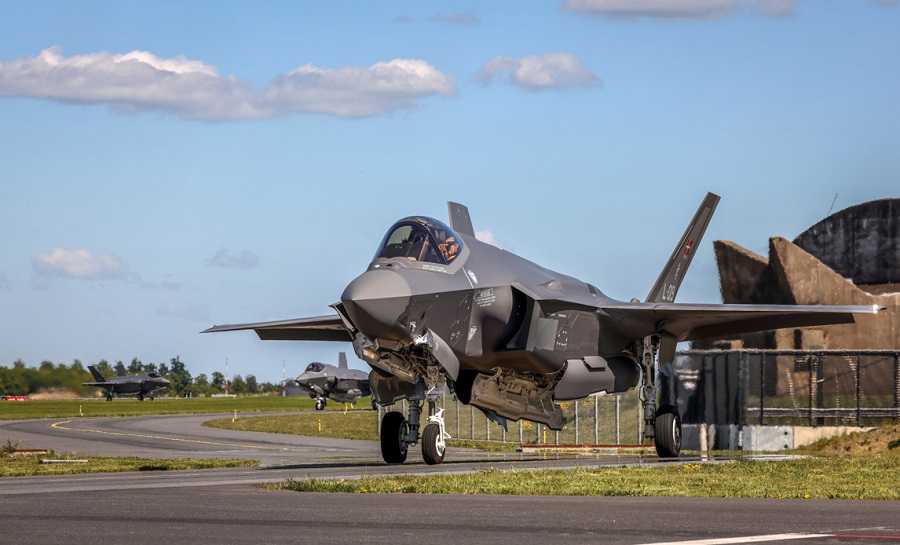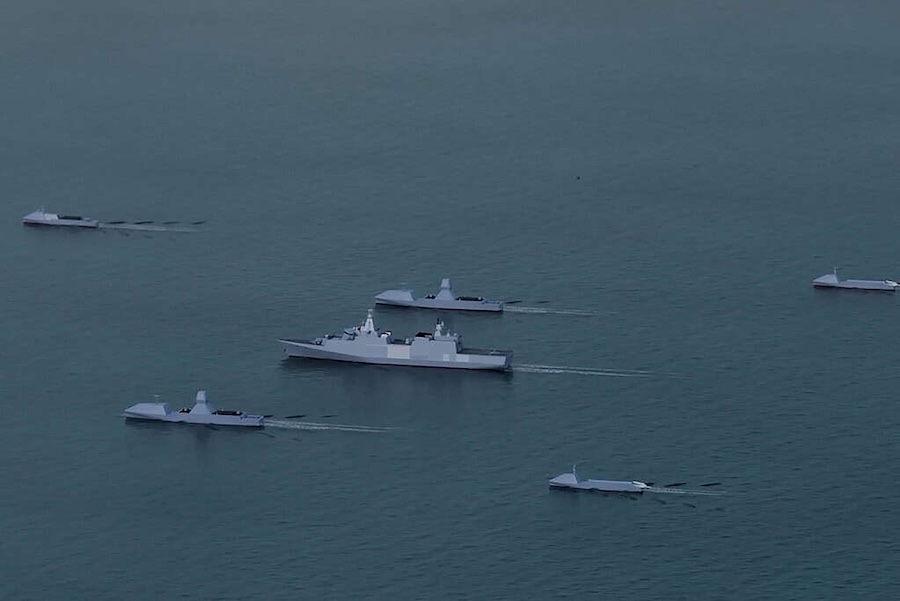“The need for accurate and uninterrupted PNT has never been more essential to our warfighters who operate in GPS-denied environments,” said Ed Zoiss, President, Space and Airborne Systems, L3Harris. “The successful launch of the NTS-3 system is the first step in updating 20th century technology to help address current threats to our national security.”
L3Harris completed the NTS-3 programme three times faster and at lower cost than comparable projects by using industry standard form factors and interfaces. The satellite is smaller and lighter than traditional PNT platforms and will operate at a higher altitude.
Once in orbit, NTS-3 will conduct experiments to inform the future of U.S. space-based PNT capabilities. Its payload technology is modular and scalable, and can be adapted to different satellite buses, supporting future affordability targets and mission timelines.
L3Harris propulsion and spaceflight avionics played a central role in the Vulcan rocket’s precision delivery of NTS-3 into orbit. The launch vehicle employed two L3Harris RL10 engines generating nearly 48,000 pounds of thrust, along with 12 MR-107 thrusters for upper-stage steering and helium tanks essential to its function.
Additional spaceflight avionics supplied by L3Harris included controllers, data acquisition units and the T-740U Transmitter, all critical for vehicle control and data relay during the mission. The company said these technologies were instrumental in the success of the launch and in supporting the satellite’s future operations.



